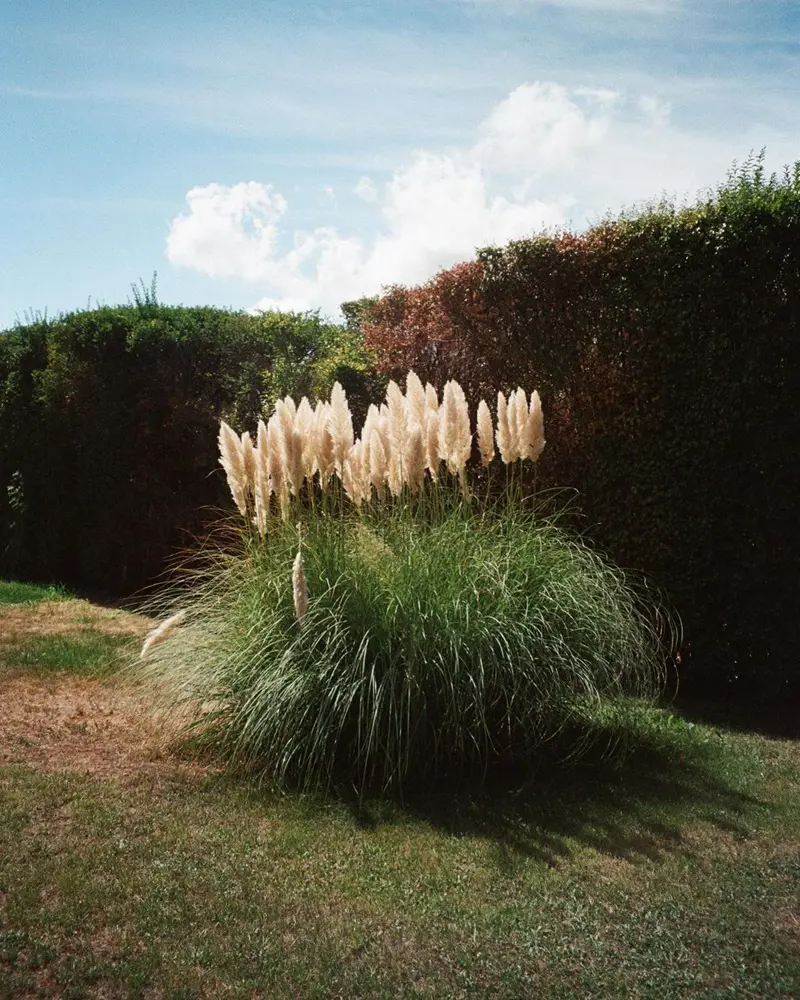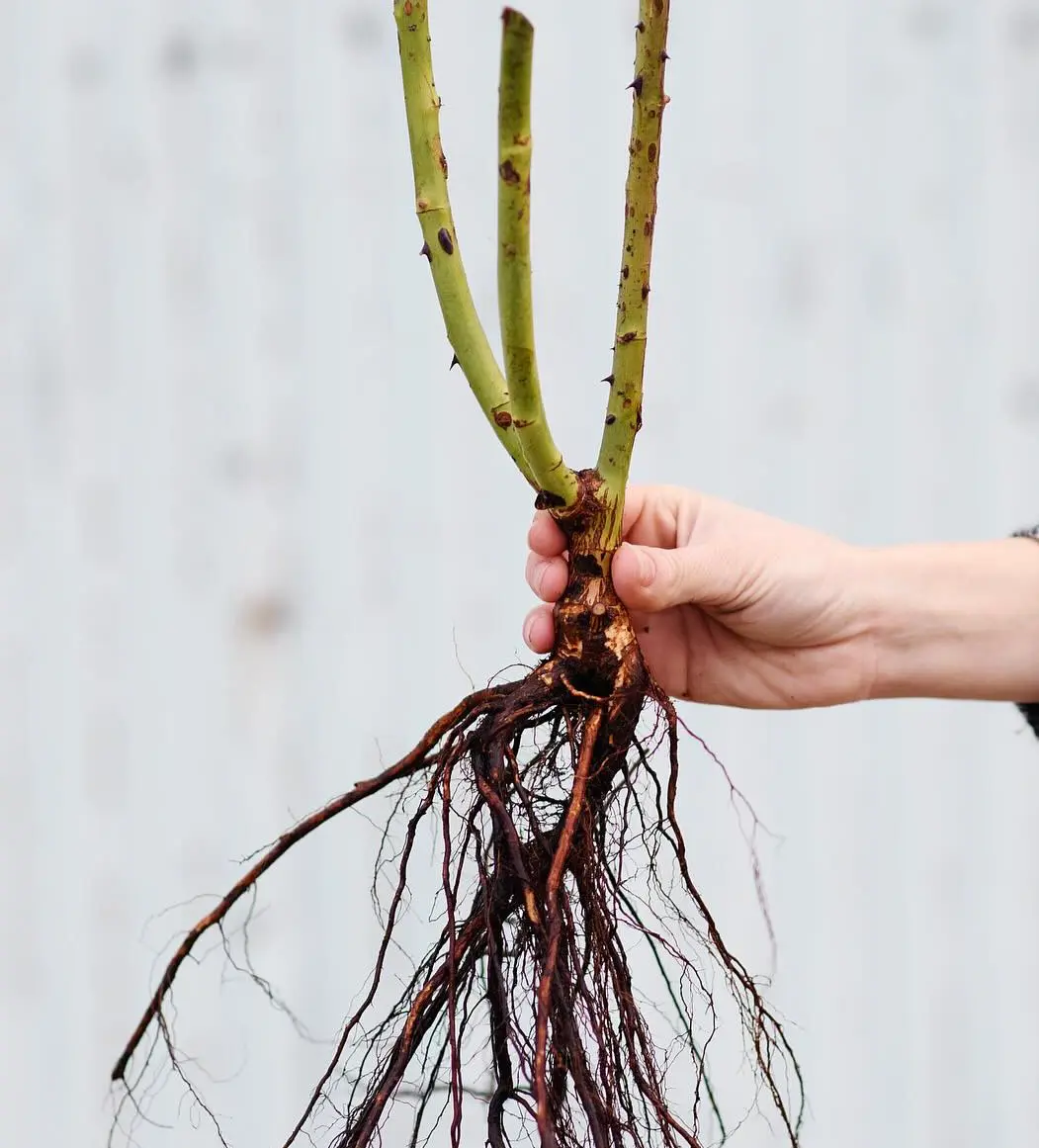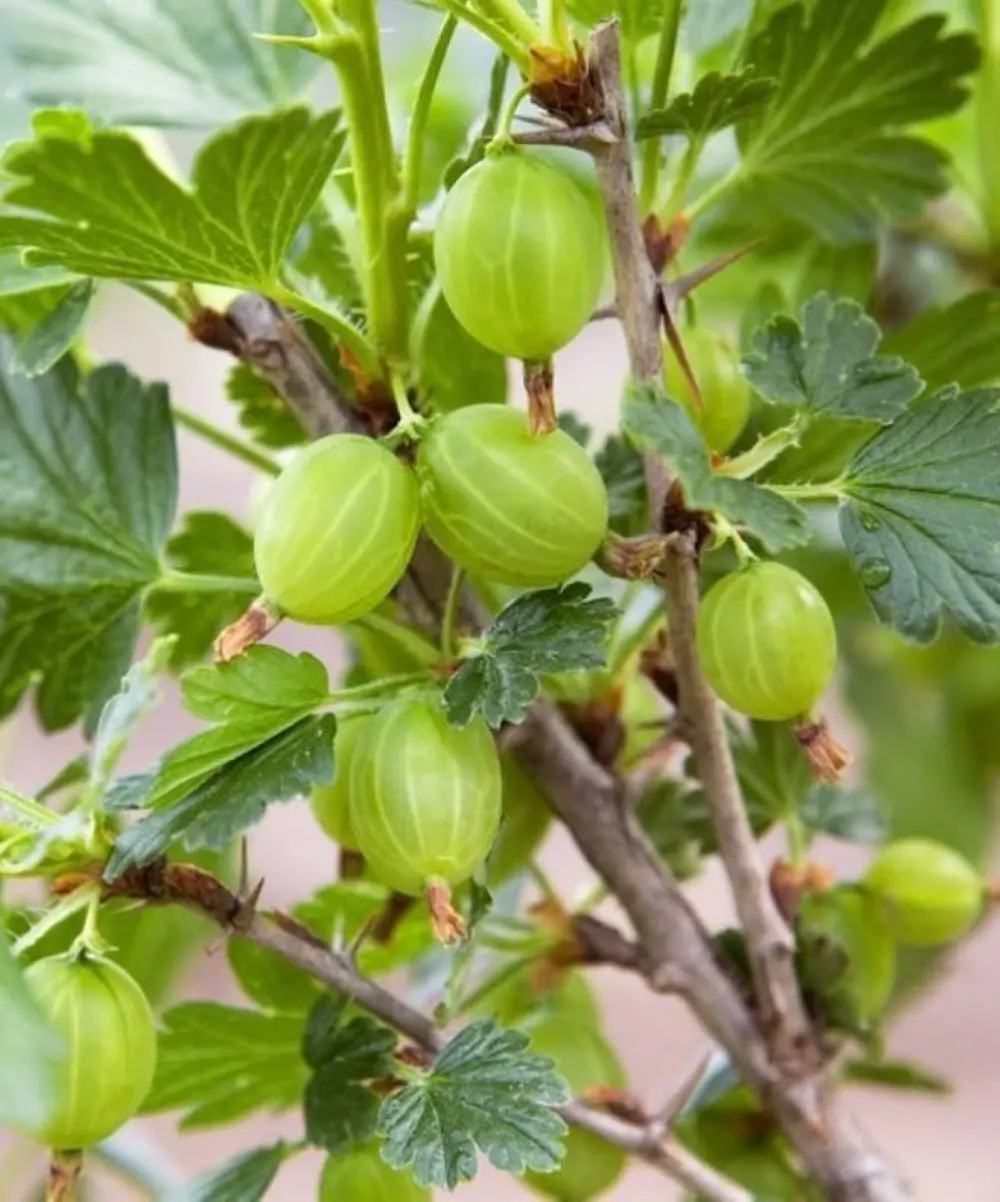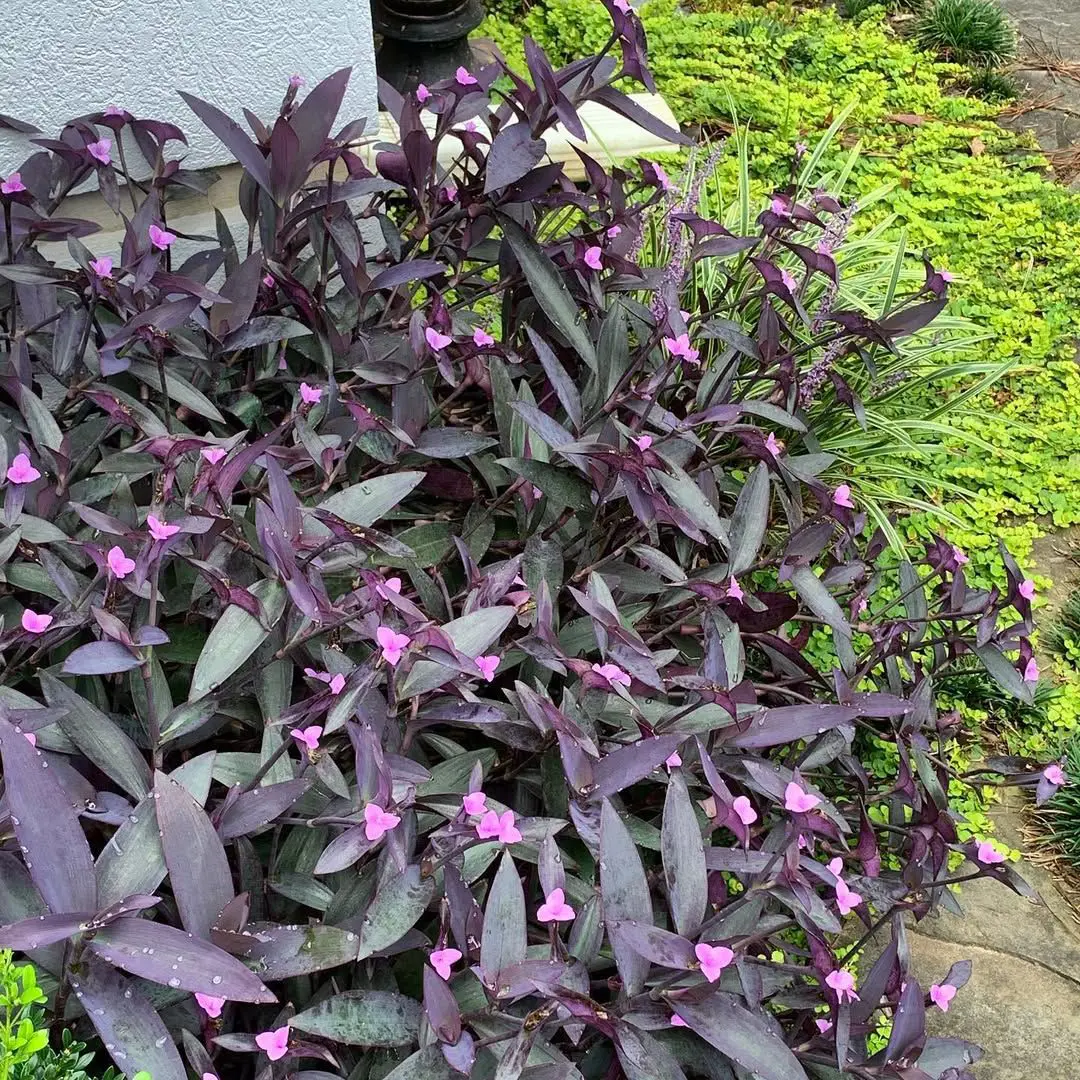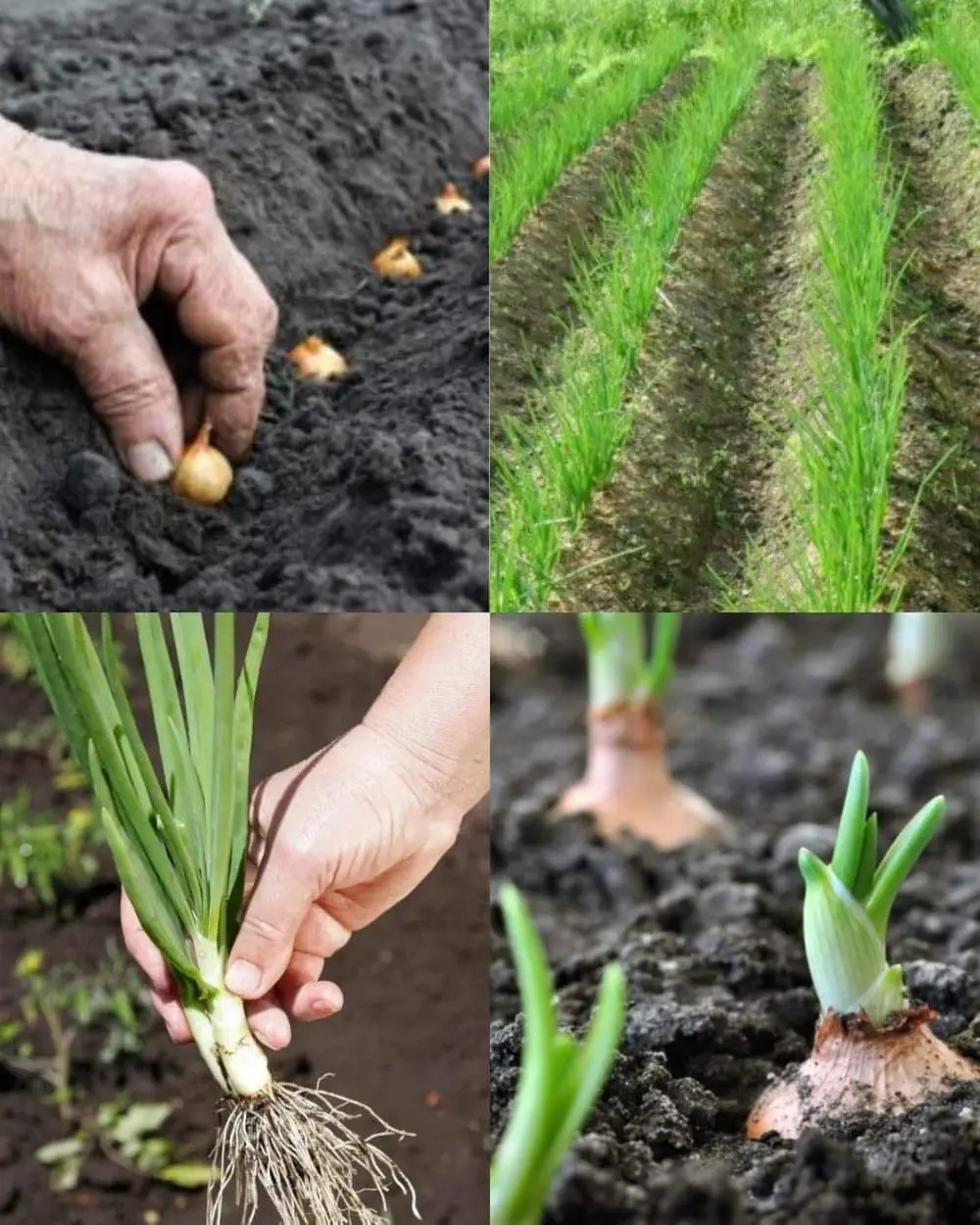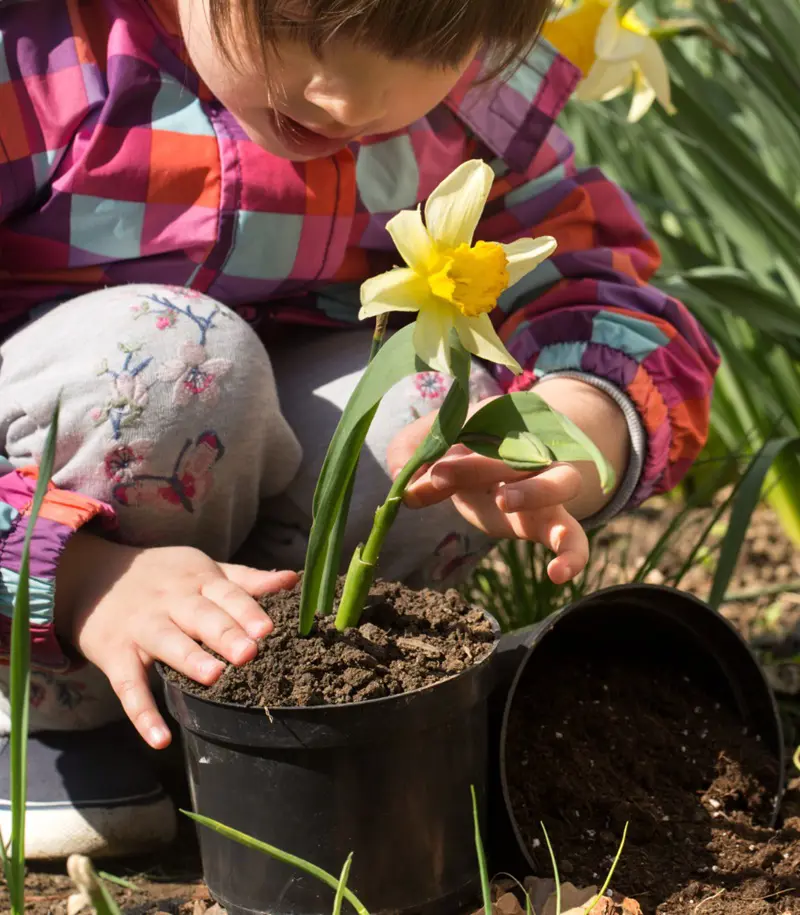Pampas grass is a visually striking and hardy ornamental grass native to South America. This grass is known for its tall, feathery plumes and lush green foliage. It is a popular choice for adding dramatic flair to gardens and landscapes.
We will guide you through everything you need to know about planting, growing, and caring for pampas grass, including its growing zones, propagation methods, maintenance, and common challenges.
How to Grow Pampas Grass?
Growing pampas grass involves several steps, from selecting the right location to ensuring proper care throughout the plant's life cycle. Here’s a detailed guide to help you successfully cultivate this ornamental grass in your garden.
Selecting the Right Location
Pampas grass thrives in sunny locations with well-drained soil. When choosing a spot for planting, consider the following factors:
- Sunlight: Pampas grass requires full sun to grow optimally. Ensure the planting site receives at least 6-8 hours of direct sunlight daily.
- Soil: While pampas grass can tolerate various soil types, it prefers sandy or loamy soil with good drainage. Avoid areas with heavy clay soil, as poor drainage can lead to root rot.
- Space: This grass can grow quite large, with clumps reaching up to 10 feet in height and width. Provide ample space to accommodate its size and prevent overcrowding.
Planting Pampas Grass
Planting pampas grass is straightforward, whether you start with seeds, seedlings, or divisions. Here’s a step-by-step guide for each method:
From Seeds:
- Sow pampas grass seeds in early spring. Start them indoors in pots or directly outdoors in the garden.
- If starting indoors, fill pots with a seed-starting mix and lightly press the seeds into the soil. Keep the soil moist but not waterlogged.
- Once the seedlings are large enough to handle, transplant them to the garden, spacing them about 6-8 feet apart.
From Seedlings or Divisions:
- Dig a hole twice the size of the root ball of the seedling or division.
- Place the plant in the hole, ensuring the crown is at ground level.
- Backfill with soil, firming it gently around the roots.
- Water thoroughly to help the plant establish.
Propagating Pampas Grass
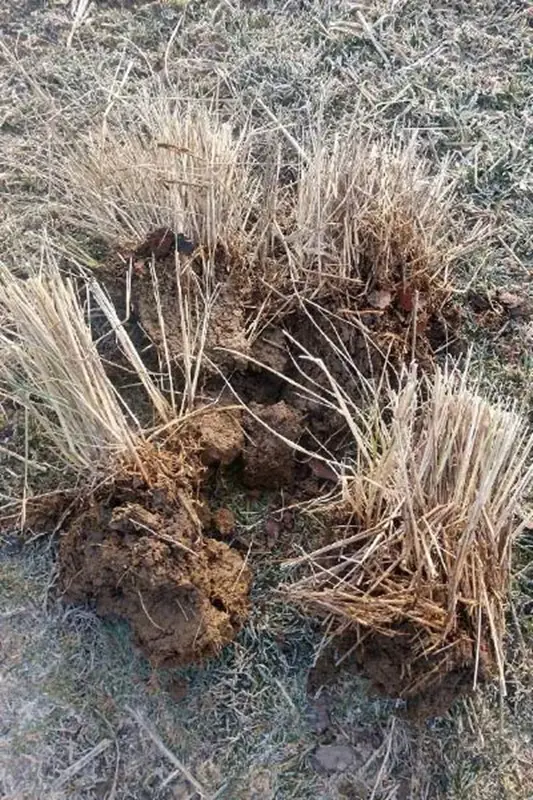
Propagating pampas grass can be done through seeds, division, or cuttings. Each method has its benefits and challenges.
Propagation by Division
Division is the most common method of propagating pampas grass and is typically done in late winter or early spring.
- Digging Up the Plant: Carefully dig up the mature plant, making sure to preserve as many roots as possible.
- Dividing the Clump: Use a sharp spade or knife to divide the clump into smaller sections, each with a portion of the root system and foliage.
- Replanting: Plant each division in a prepared hole, following the planting guidelines mentioned earlier.
Propagation by Cuttings
Although less common, pampas grass can also be propagated through cuttings.
- Taking Cuttings: In late spring or early summer, take 6-8 inch cuttings from the tips of healthy stems.
- Preparing the Cuttings: Remove the lower leaves and dip the cut end in the rooting hormone.
- Planting: Insert the cuttings into a pot filled with a well-draining potting mix. Keep the soil moist and provide indirect light.
- Root Development: Once roots have developed, the cuttings can be transplanted to their permanent location.
Pampas Grass Seed
Propagation from seeds is a common method for growing pampas grass. Here’s what you need to know about pampas grass seeds and how to propagate them.
Seed Collection and Storage
Pampas grass seeds can be collected from mature plumes in late fall. Here’s how to collect and store them:
- Wait until the plumes are fully mature and dry.
- Cut the plumes and place them in a paper bag.
- Shake the bag to release the seeds.
- Store the seeds in a cool, dry place until you are ready to plant them.
Germination and Planting
To successfully germinate pampas grass seeds, follow these steps:
- Timing: Sow the seeds in early spring to give them ample time to establish before the growing season.
- Preparation: Use a seed-starting mix and shallow trays or pots. Moisten the soil before sowing the seeds.
- Sowing: Sprinkle the seeds lightly on the soil surface and press them in gently. Do not cover them with soil, as they need light to germinate.
- Conditions: Keep the soil consistently moist and maintain a temperature of around 70°F (21°C).
- Transplanting: Once the seedlings have developed a few sets of true leaves, they can be transplanted to their permanent location.
Pampas Grass Plant Care
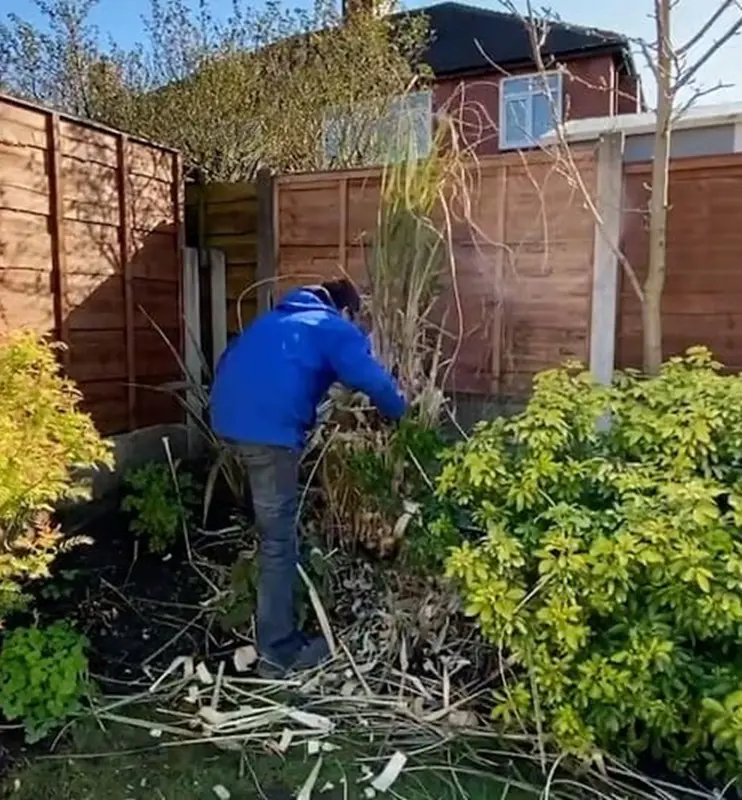
Proper care ensures that pampas grass remains healthy and attractive. Here are essential maintenance tasks:
- Watering: Once established, pampas grass is drought-tolerant. Water young plants regularly until they are well-established. Mature plants need watering only during prolonged dry periods.
- Fertilizing: Pampas grass is not a heavy feeder. A balanced fertilizer applied in early spring can promote healthy growth.
- Pruning: Prune pampas grass annually in late winter or early spring to remove dead foliage and encourage new growth. Use gloves and long sleeves to protect yourself from the sharp leaves.
- Mulching: Apply a layer of mulch around the base of the plant to retain moisture and suppress weeds.
Where Does Pampas Grass Grow?
Pampas grass is adaptable and can grow in various environments. Understanding its preferred habitats can help you determine if it is suitable for your garden.
Natural Habitat
In its native range, pampas grass grows in the Pampas region of South America, which is characterized by vast grasslands and temperate climates. It thrives in areas with well-drained soils and ample sunlight.
Global Distribution
Pampas grass has been introduced to many regions worldwide, including:
North America: Particularly in the southern United States and along the West Coast, where the climate is warm and conducive to its growth.
Europe: In Mediterranean climates, pampas grass is commonly used in landscaping.
Australia and New Zealand: Pampas grass has adapted well to the temperate climates in these regions.
Hardiness Zones
Pampas grass is suitable for USDA hardiness zones 7 to 11. These zones have mild winters and warm summers, which are ideal for the plant's growth. In colder regions, pampas grass may struggle to survive harsh winters and may require additional protection.
Climate Considerations
Pampas grass prefers climates with warm summers and mild winters. It can tolerate coastal conditions and is often found thriving in sandy soils near beaches. However, it can also adapt to inland areas with proper care.
How Fast Does Pampas Grass Grow?
Pampas grass is known for its rapid growth rate, which makes it an excellent choice for quickly filling large spaces in the landscape.
Growth Rate
Under optimal conditions, pampas grass can grow several feet in a single growing season. Here are some factors that influence its growth rate:
- Sunlight: Full sun exposure accelerates growth, while shaded areas may slow it down.
- Watering: Consistent watering, especially during the establishment phase, promotes rapid growth.
- Soil Fertility: Nutrient-rich soil can enhance growth, although pampas grass is adaptable to less fertile soils.
Seasonal Growth
Pampas grass exhibits significant growth during the warm months of spring and summer. During this period, it produces new foliage and plumes. In late fall and winter, growth slows down, and the plant enters a dormant phase.
Common Pests & Plant Diseases
Pampas grass is relatively resistant to pests and diseases, but it can occasionally encounter problems.
Common Pests
- Aphids: These small insects can suck sap from the leaves, causing them to yellow and wilt. Control aphids with insecticidal soap or neem oil.
- Spider Mites: These tiny pests can cause stippling and webbing on the leaves. Regularly spraying the plant with water can help keep them at bay.
Common Diseases
- Leaf Spot: This fungal disease causes dark spots on the leaves. Prevent it by ensuring good air circulation around the plant and avoiding overhead watering.
- Root Rot: Caused by poor drainage, root rot can be prevented by planting pampas grass in well-drained soil and avoiding overwatering.
How To Get Pampas Grass To Bloom?
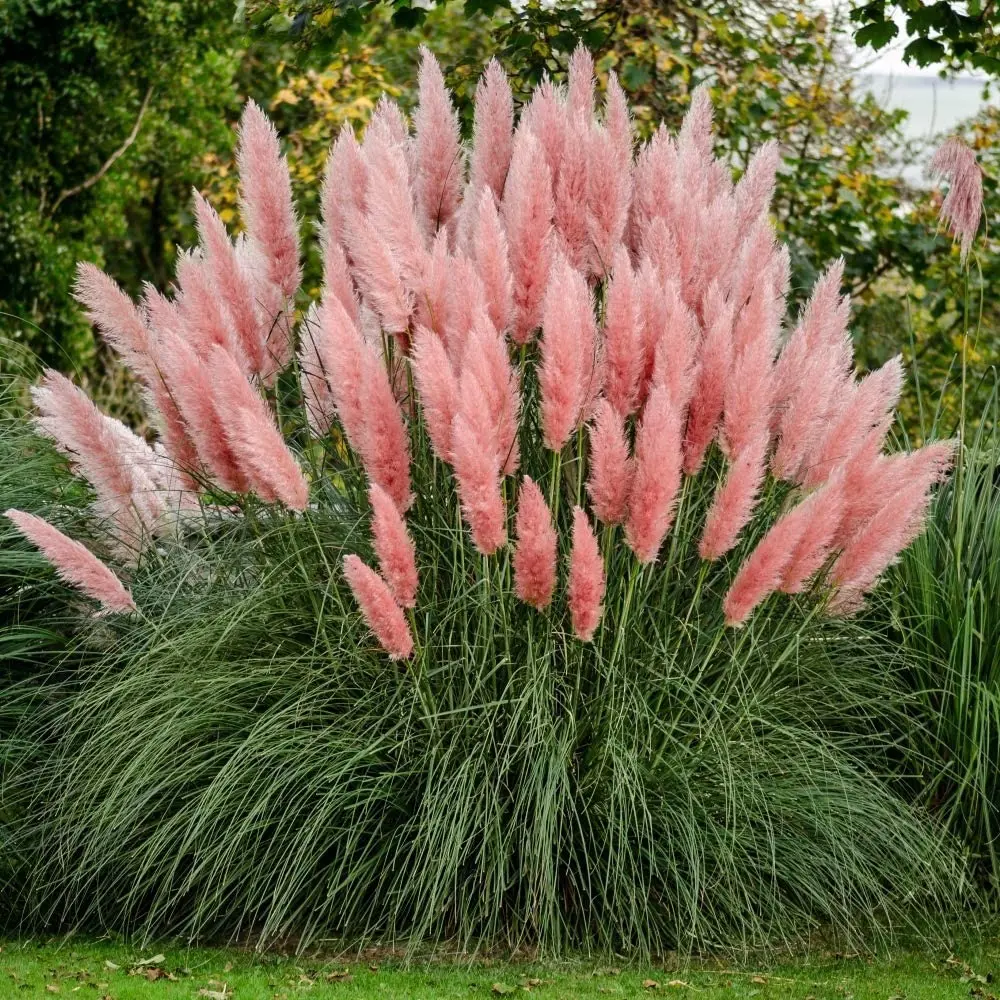
Getting pampas grass to bloom requires proper care and the right environmental conditions.
Ensuring Optimal Conditions
- Sunlight: Ensure the plant receives full sun, as insufficient light can hinder blooming.
- Watering: Provide adequate water, especially during dry periods, but avoid waterlogging.
- Fertilizing: Use a balanced fertilizer in early spring to promote healthy growth and blooming.
- Pruning: Regular pruning in late winter or early spring encourages new growth and flowering.
Patience and Timing
Pampas grass may take a couple of years to establish before it begins to bloom profusely. Be patient and continue providing optimal care to encourage flowering.
